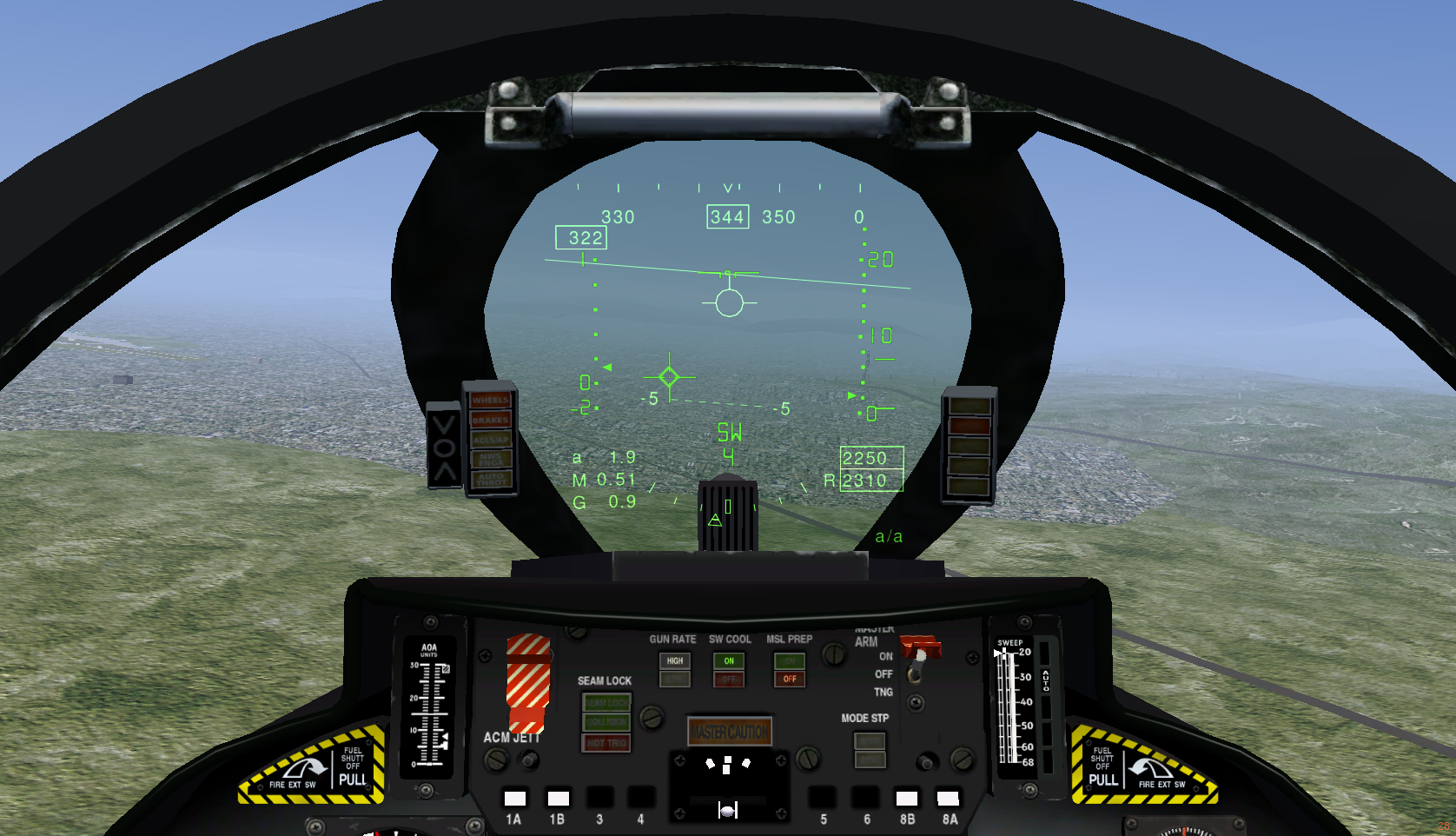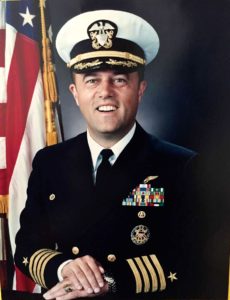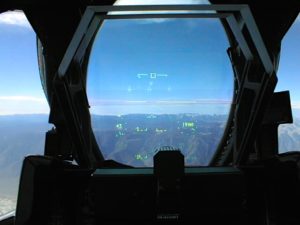
I'm thrilled to be interviewing my dear friend and Idaho VR Council Advisory Board Member, Mark Bathrick, today. Currently,

Captain Mark Bathrick, USN (Ret)
Mark leads a nationwide aviation services enterprise for the federal government. He is a recognized expert in
unmanned aircraft systems (UAS) and has been called upon by the White House, the Federal Aviation Administration, academia, and industry for his UAS expertise. Prior to his current position, Mark completed a career as a decorated Navy fighter pilot, experimental test pilot, finance specialist, a two-time squadron commander and base commander, retiring as a Navy Captain.
Mark was the first public sector executive to receive the international Dale Carnegie Leadership Award and he has also received a Presidential level award of excellence for this turnaround and the innovative new federal installation business model he developed.
You have an incredible background with the Navy. When did you first start using VR and AR?

Mark Bathrick, F-14 HUD Flight Test Photo
As a Navy fighter pilot I was exposed to VR and AR early in my career. The Heads-Up Display (HUD) in the fighter aircraft I flew provided augmented reality flight and targeting information that was crucial to flight safety and mission success in that highly dynamic environment. The spherical air combat flight trainers we employed immersed us in a 360-degree virtual world complete with enemy fighter aircraft and their weapons. Later, as a Navy Test Pilot I was involved in the testing of enhanced augmented displays that allowed us to use external sensors to “look through the cockpit floor” and helmet mounted cuing systems used for objective acquisition and targeting.
Given your experience in VR, what challenges should current VR be addressing?
VR increases the amount and fidelity of information available in support of faster and better decision making. If not purposefully managed, this can result in information saturation, which actually decreases safety and performance. I saw this a lot in some of the tactical AR displays and aids I tested. Too much data can clutter the display, overtake the real world behind it (which is still a critical source of information), or lessen operator focus as you work to interpret all you are seeing. Display space should be coveted and innovative methods of displaying data so that it is easily interpreted should always be part of any VR project. Another challenge (and opportunity) is the development of AI decision aids that assist the operator in making sense of all the available data, presenting recommended actions, rather than just raw data. In aviation HUD’s, “fly-to” markers are simple, yet elegant early versions of such aids.
From your experience, what VR and AR opportunities are there in your industry?

Mark Bathrick, Idaho VR Council Advisory Board Member, speaks to entrepreneurs.
The expanded use of unmanned aircraft (aka drones) has really expanded the opportunities for exploring and utilizing VR and AR in federal land management. Inexpensive to acquire, easy to operate, and capable of gathering vast amounts of data from a variety of sensors, drones could support the development of VR simulations of real world landscape where prospective management actions could be tested before actually applying them in the field. Drones could also be used to provide AR enhancements that could prove to be game-changers in many our applications. What if you could have a drone overhead during a search and rescue operation, providing searchers with heads up cuing to the location of the lost hiker, avalanche victim, etc., eliminating precious search time that could make the difference between life and death? As with drones, I believe the limits of virtual, augmented, and mixed reality technology in our industry is only limited by our imagination.
What innovations (in VR) are you looking forward to most?
At this year’s Association of Unmanned Vehicle Systems International (AUVSI) conference, I participated in a demonstration of a mixed reality (MR) system focused on the wildland firefighting mission. Using a HoloLens, the system provided a virtual display of the current fire boundaries, ground and air asset locations, and other items of interests, overlaid on a map of the area. Working in tandem with my demonstration partner we were able to separately access location and status information on any of the ground or airborne assets through hand gestures. Similarly, we were able to access real time video from unmanned aircraft over the fire and based on that data redirect their flight path or sensor positioning. This kind of VR/AR/MR innovation that provides users with both enhanced situational awareness, and the ability to dynamically interact with and remotely direct objects in the real world is one I’m excited about. I believe it could be a game-changer in safely and effectively responding to highly dynamic and hazardous missions like wildfire, search and rescue, emergency response, etc.
It’s 2036, how has VR changed your industry?
2036 – Overall, VR will have made our industry (management of public lands) safer, with increased efficiency and effectiveness. Complex or extremely hazardous operations will now be simulated in VR “holodecks” that will enable the perfection and practicing of critical functions and the identification of unforeseen hazards, resulting in fewer losses and increased productivity. Similarly, VR simulations will enable a variety of competing program options to be tested and evaluated, resulting in better, more cost-effective results and fewer surprise outcomes.
In the field, incident managers in search and rescue, wildland fire, and emergency response missions will not only have more information, but they will have an array of decision aids that will enable them to make faster, more effective decisions in time-critical scenarios. Additionally, MR will enable them to manipulate distant assets with simple hand gestures, eye movements, etc., again enhancing the safety, efficiency, and effectiveness of these operations.

Captain Mark Bathrick, USN (Ret)
What is your favorite HMD?
Easy, my favorite VR/AR hardware was the HUD in the F-14 TOMCAT’s I was privileged to fly (wink). Nothing beats VR/AR that can do Mach 2.0 and pull 6.5G’s. I also enjoyed the HMD’s I flew with as a Test Pilot that enabled off-boresight weapons targeting by turning your head rather than just through maneuvering the aircraft.



Recent Comments